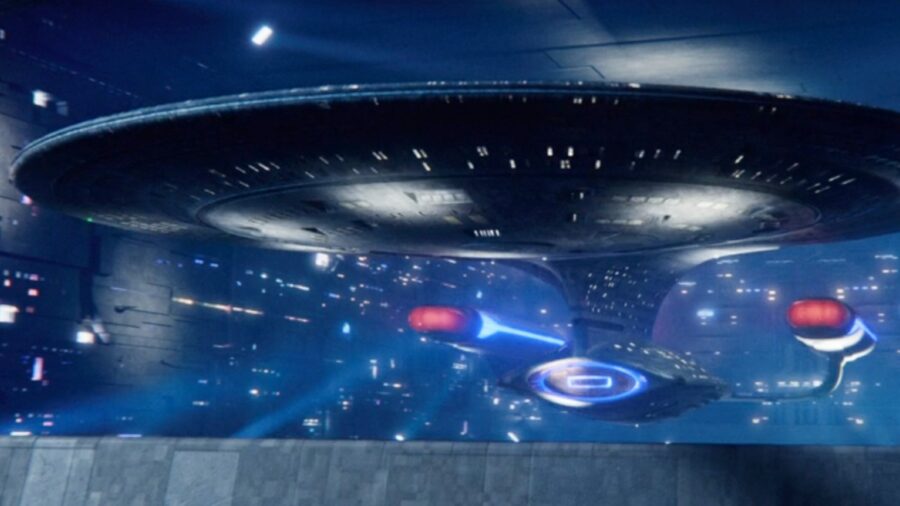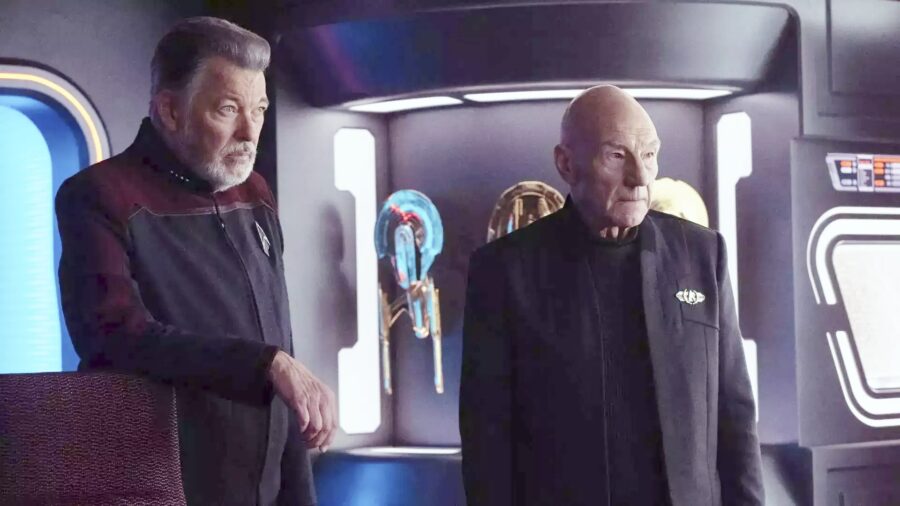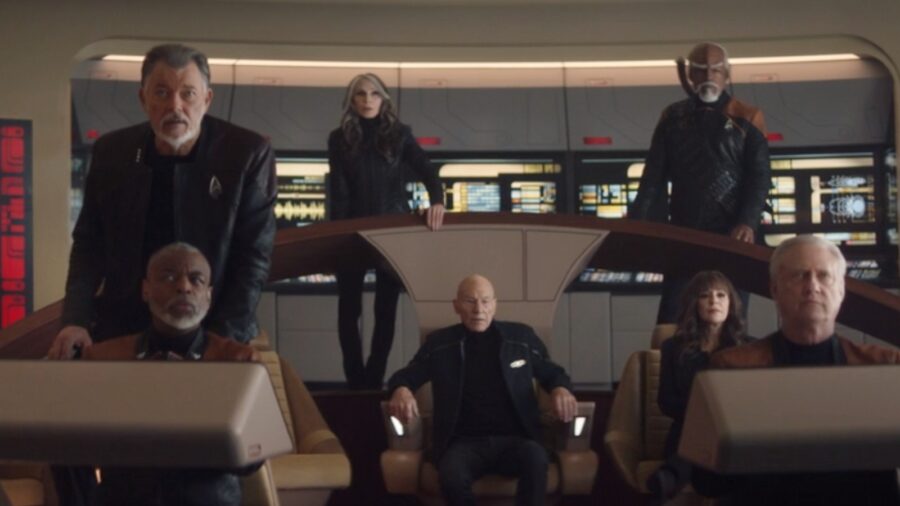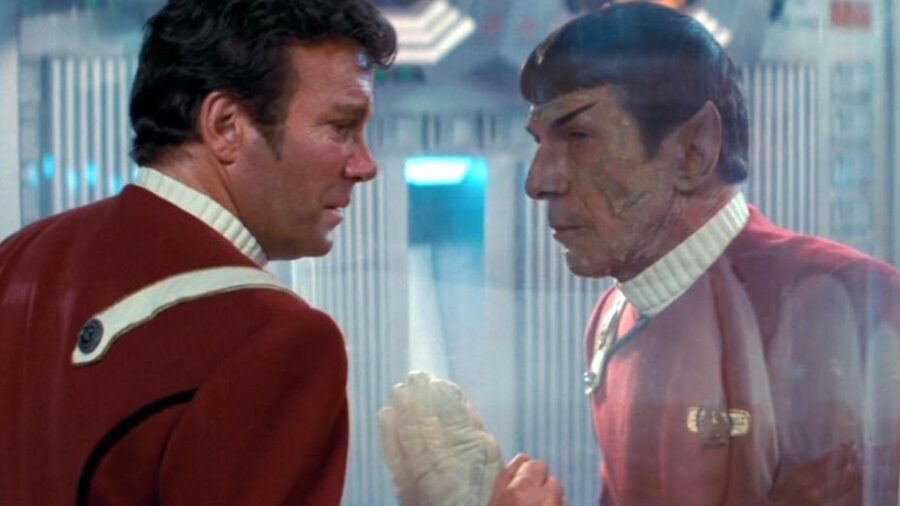Star Trek Works Better When It’s Cheaper and One Show Proves That

When NuTrek launched with Star Trek: Discovery, one thing was clear: Paramount wasn’t afraid to throw buckets of money at their flagship franchise, especially when its success meant gaining more subscribers for their new streaming platform. However, the waning quality of that show and its declining audience appeal led to the network understandably reducing its budget for subsequent shows. No show faced a tighter budget than Picard during its third season, and that show’s success points out something surprising: Star Trek is ultimately better when it has a cheaper production budget.
Picard Season 3 Budget Constraints

Star Trek: Picard is weirdly the perfect show to illustrate this point because you can plainly contrast the first season’s higher budget with the third season’s reduced budget. The first season featured Picard and crew traveling to multiple exotic planets and getting into battles against entire fleets of Romulan ships. By season three, most of the action took place on a cramped starship bridge, all because Paramount was no longer greenlighting huge budgets as they once did.
This blunt reality is something that Picard production designer David Blass has been very open about. He has discussed receiving ambitious scripts that would require Paramount to spend a cool $5 million bringing them to life. That sounded great on paper, but once the designer realized they could only spend $500,000 on the set, he had to cut corners and just do the best he could on a fraction of the budget that he needed.
Repurposing Sets

In order to splurge on some new sets, the Star Trek: Picard designer had to get a bit creative in reusing existing sets. For example, the show only had one set to use as quarters aboard the Titan, so Blass would creatively redress it so that everyone’s quarters felt like completely different rooms. The end result was a win/win for everyone: the sets look amazing across the board for Picard’s third season, and the fans got an amazing season of nostalgic storytelling.
When Less Is More

What’s the lesson here for Paramount? It turns out that less really is more: a huge budget can buy a sprawling battlefield of CGI ships, but as the finale for both Picard season 1 and Discovery season 2 have proven, that doesn’t translate to good storytelling or audience interest. Smaller budgets force Star Trek writers and directors to do what the franchise has always done best: tell character-centric stories that don’t rely on endless battles and special effects.
Even Lower Budget Trek Movies Were Better

Interestingly, this phenomenon of Star Trek working best on a reduced budget goes back decades: the first Trek film had a budget of $44 million, which meant that in 1979, it cost more to make that movie than any previous film. Paramount was disappointed with its gross of “only” $139 million, and the only reason the film franchise continued was that filmmakers learned to make movies for far less. The sequel The Wrath of Khan was later made for only $12 million, and to this day, most fans consider it the best Star Trek film ever made.
Writing Is More Important

Speaking of that movie, Paramount is currently facing its own Kobayashi Maru scenario: they can no longer make super high-budget Star Trek shows and films, but they can’t stop producing Trek content altogether because it is the heart and soul of the Paramount+ streaming service.
Fortunately, the success of both The Wrath of Khan and Picard’s third season proves that Trek is at its best when it has a lower budget. We just need good writers to bring great stories to life…here’s hoping that hasn’t become the real “no-win scenario” for Paramount.












